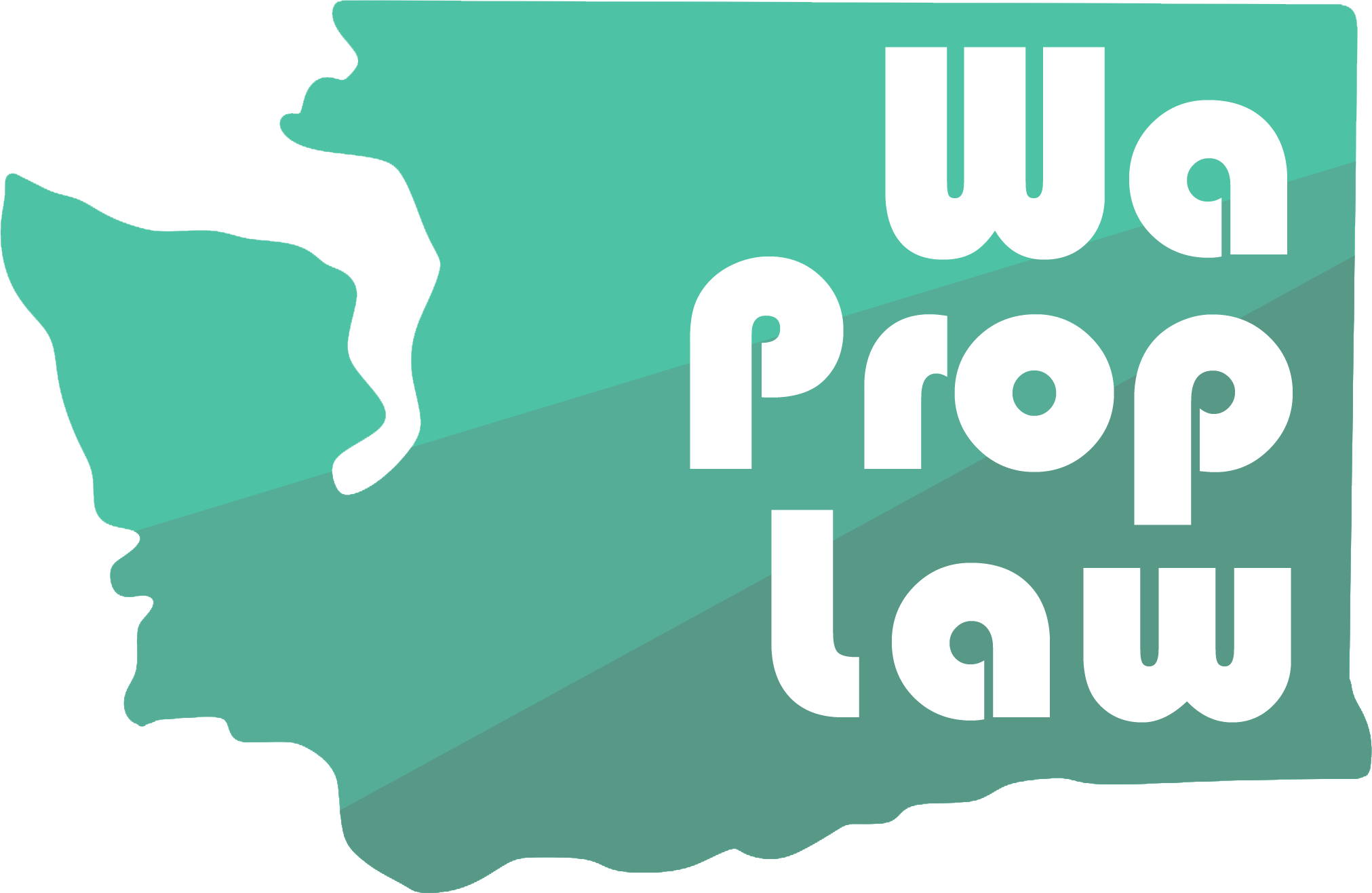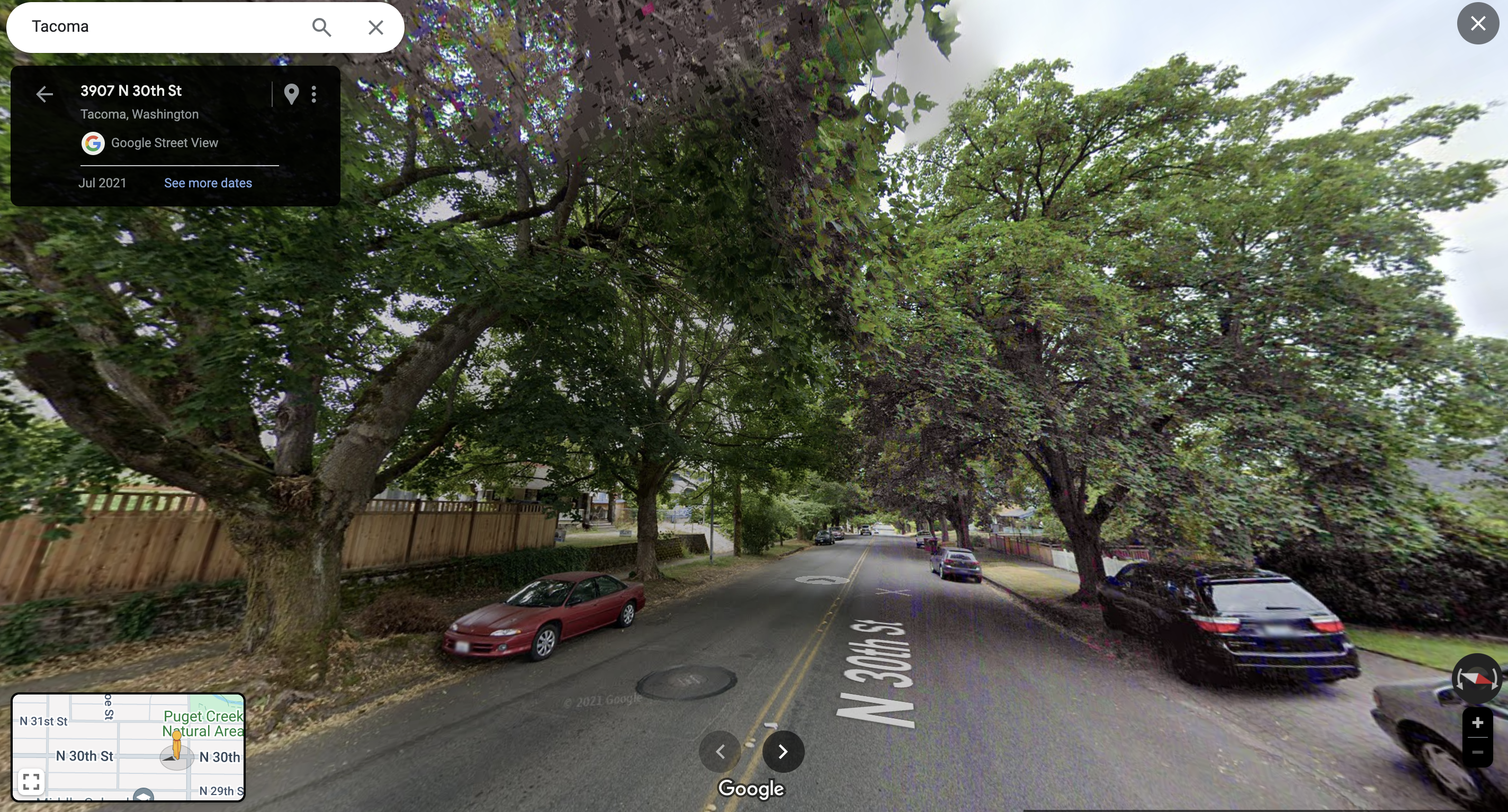What is a Variance?
A variance is essentially a discretionary exception to one or more zoning requirements. Every jurisdiction offers a different array of variances under slightly different conditions. However, all variances operate by allowing property owners to use their property in a way that would otherwise contradict the zoning code.
Purpose of Variances
The policy rationale behind all variances is to alleviate undue hardships caused by the zoning code that frustrate a property owner’s reasonable use of his property.
In practice, municipalities often grant variances to maintain the status quo. Most variances are granted when zoning is so restrictive that it would prevent a property owner from “reasonable use” of his property. A “reasonable use” for a property is generally a use similar to that of the neighboring properties. For example, if a property is located in a residential neighborhood, but the property is long and narrow such that the zone’s setback requirements would make it impossible to build a house there, then the relevant municipality may grant a variance to allow a house to be built anyway.
Conceptual Categories of Variance
Every variance falls into one of two categories: “use variances” or “area variances.” Area variances are far more common than use variances.
Use variances: Where they exist, use variances allow property owners to use their property for a different purpose than the zoning code allows. For example, a use variance may allow a property zoned for residential use to be used for a light industrial purpose. In Tacoma and Pierce County, use variances basically don’t exist. This function has been supplanted by conditional use permits.
Area variances: Area variances are far more common. Area variances allow property owners to deviate from dimensional or physical requirements under the use category that is otherwise allowed by their property’s zoning. For example, if a property is zoned for single-family residential, an area variance might allow the owner to build a single-family residence that violates the height or setback requirements, but it would not allow the owner to build something other than a single-family residence. Area variances are basically the only kind of variance you will see in the Tacoma or Pierce County region.
Types of Variances
Different jurisdictions offer variances for different purposes. For instance, Tacoma Municipal Code 13.06.645 provides a representative sample:
- Development regulations (e.g. building setbacks, building location, building height, lot coverage, lot area, lot width, lot frontage, yard space, and minimum-density requirements)
- Accessory building height
- Design regulations
- Sign regulations
- Parking lot development standards
- Off-street parking quantity standards
Pierce County offers variances to the following:
- Zoning code (similar to Tacoma’s “variance to development regulations” above).
- Shoreline substantial development (e.g. docks or building close to the water).
- Buffer zones (e.g. building close to a wetland).
- Sign regulations
- Road and storm drainage regulations (in Pierce County, certain road and storm drainage variance are also known as “deviations”)
- Geotechnical, flood hazard, or road regulations
- Wetland reasonable use exception
How to Obtain a Variance
Because variances are like a “get out of jail free” card for zoning requirements, they can be difficult to obtain—especially when you want to substantially deviate from the zoning code. In general, the smaller the exception you seek, the easier it is to obtain a variance.
The formalities for making an application will vary from jurisdiction to jurisdiction. As a general rule, the more substantial the variance, the more likely it is that you will need a public hearing. Certain variances may require a public hearing outright, while minor variances can be preliminarily granted by administrative staff with the possibility of a public hearing if a neighbor objects.
Beyond the formalities of making an application, you have to meet a certain set of criteria to be eligible for a variance. Though these criteria vary from jurisdiction to jurisdiction and from variance to variance, it is generally your responsibility to prove:
- Your situation is unique, and the zoning of your property is unreasonably restrictive due to a factor outside your control.
- Uncontrollable factors include things like: parcel size; parcel shape; topography; location; documentation of a public action, such as a street widening; proximity to a critical area; location of an easement; or character of surrounding uses.
- The variance you seek is the minimum variance required to allow a reasonable use of the property.
- The variance you seek would not constitute special treatment.
- The variance you seek would not seriously conflict with the Comprehensive Plan, adversely affect the character of the neighborhood, or conflict with a public interest.
Alternatives to a Variance
Even if a variance may not apply to your situation, there may be other ways to pursue your goal:
Click on the above links to learn more.



